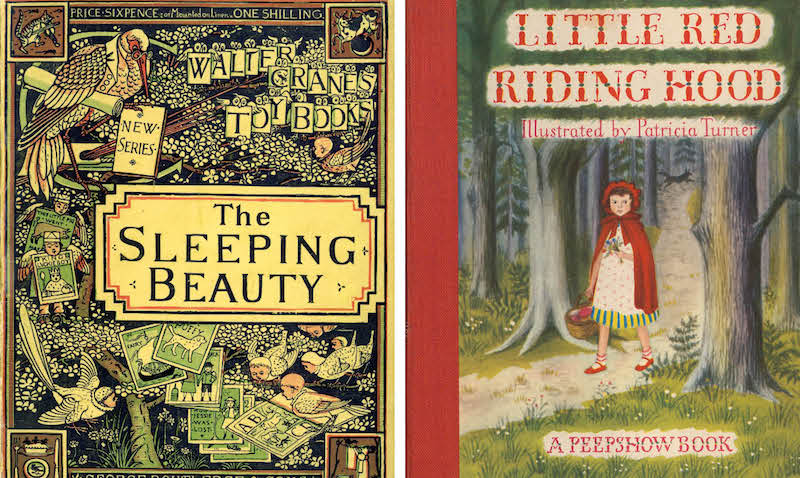

Children’s books are some of the first things that form us. They guide us through a world we’re still growing into; they make us laugh with their whimsical illustrations and humor; they make us reflect upon our actions and how they can impact those around us; and, perhaps most of all, they outline the values of our shared culture. And, like any piece or genre of literature, these books have undoubtedly evolved throughout time. The University of Florida’s Baldwin Library of Historical Children’s Literature traces that transformation, encompassing some of the world’s finest examples of what is now affectionately referred to as “kid lit.”
Since first reporting on this resource in 2022, the Baldwin Library has grown exponentially, now boasting nearly 11,000 titles to explore online, compared to more than 7,000 a few years ago. The digital database encompasses everything from a 1950 edition of Little Red Riding Hood to a 1875 version of Aladdin. Books range from the 19th to the 20th centuries, and, in addition to lesser-known gems, gather such classics as Cinderella, Rip Van Winkle, Gulliver’s Travels, and Sleeping Beauty, among countless others. Each entry features information about the volume’s subject, genre, date, and place of publication, and a PDF file, reproduced with stunning clarity, of the book itself.
Beyond being a remarkable archive, the Baldwin Library offers a compelling glimpse into the purpose of children’s literature across time. Lectures to Children from 1866, for instance, contains chapters like “God Will Take Care of Us” and “Angels’ Joy When Sinners Repent,” illustrating both the predominance of religious upbringing during that era, but the function of “sinning” or “repenting” as cautionary themes that redirect children toward righteous behavior. Moral Tales for Young People, an earlier collection from the 1810s, similarly touts ethics and common sense through its “agreeable” stories, all of which “embody the purest principles of moral rectitude.” Interestingly, the book’s preface bristles at fairytales, those “tales of horror and enchantment” that have “perverted the public taste.”
Other entries, however, are more didactic, focusing on teaching children about reading, physical science, natural history, and the alphabet. Of course, some of these titles reveal prevailing attitudes about race and colonialism, even when attempting to catalog something as “objective” as history. Tales About America and Australia, from 1862, recounts the discovery of the Americas, exploring the drama and glory of conquest while glossing over the violence committed against Indigenous populations. The Arabian Nights’ Entertainments, though a work of fiction, showcases illustrations perpetuating Orientalism, a popular subject within literature and art during the late 19th century. Even so, these books still provide rich historical insight into how such topics were discussed with and presented to children.
Overall, the Baldwin Library is an exceptional resource, ripe for endless hours of exploration, research, and reflection. To dive into more than 10,000 children’s books throughout history, visit the Baldwin Library of Historical Children’s Literature website.
The Baldwin Library of Historical Children’s Literature gathers nearly 11,000 books dedicated to children, showcasing the historical breadth and evolution of children’s literature.
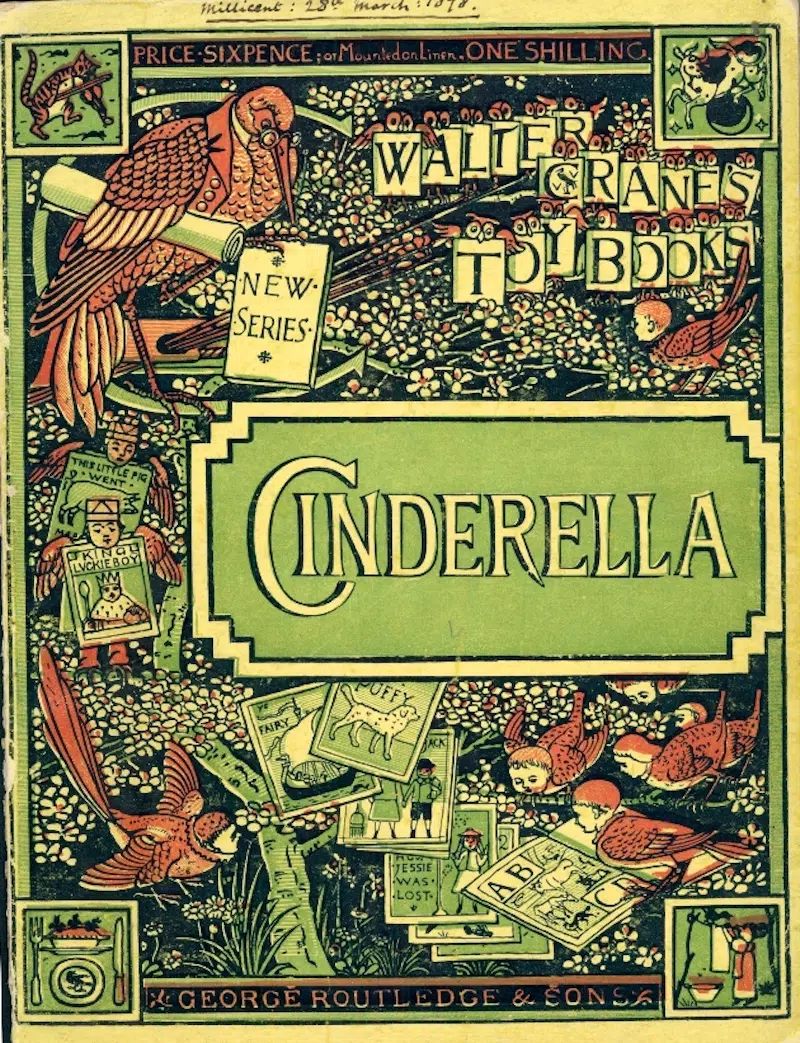

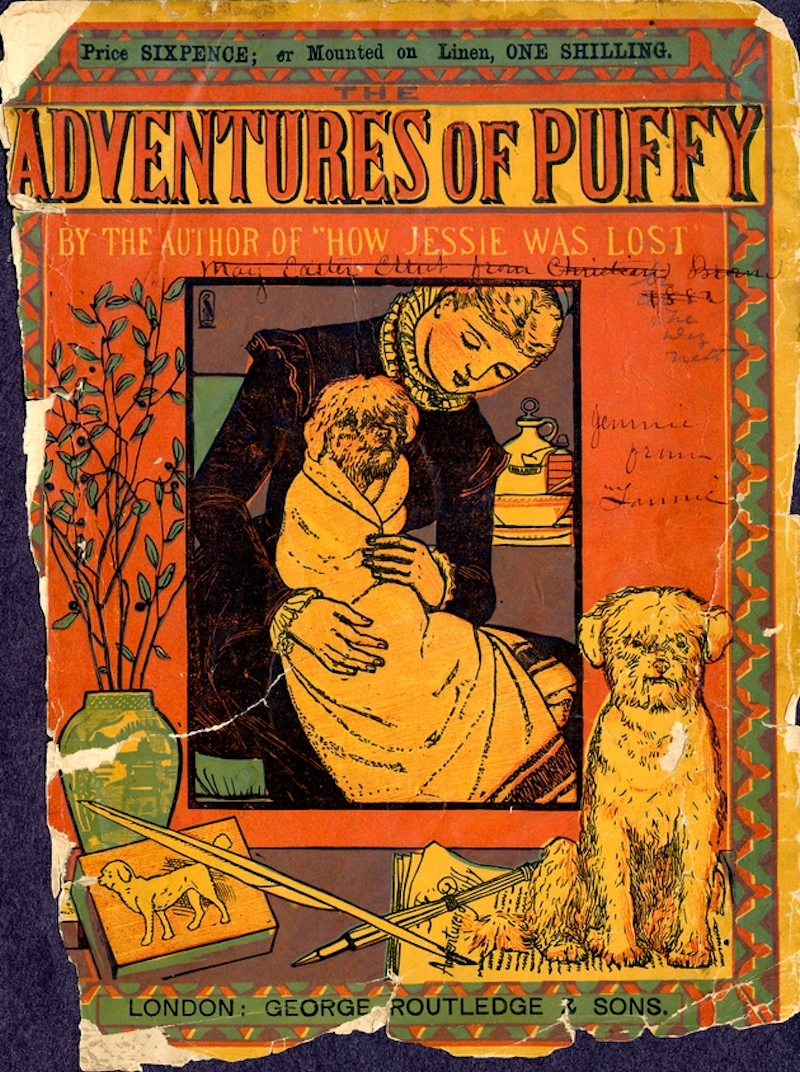

Featured books span everything from Little Red Riding Hood and Aladdin to Cinderella and Gulliver’s Travels.
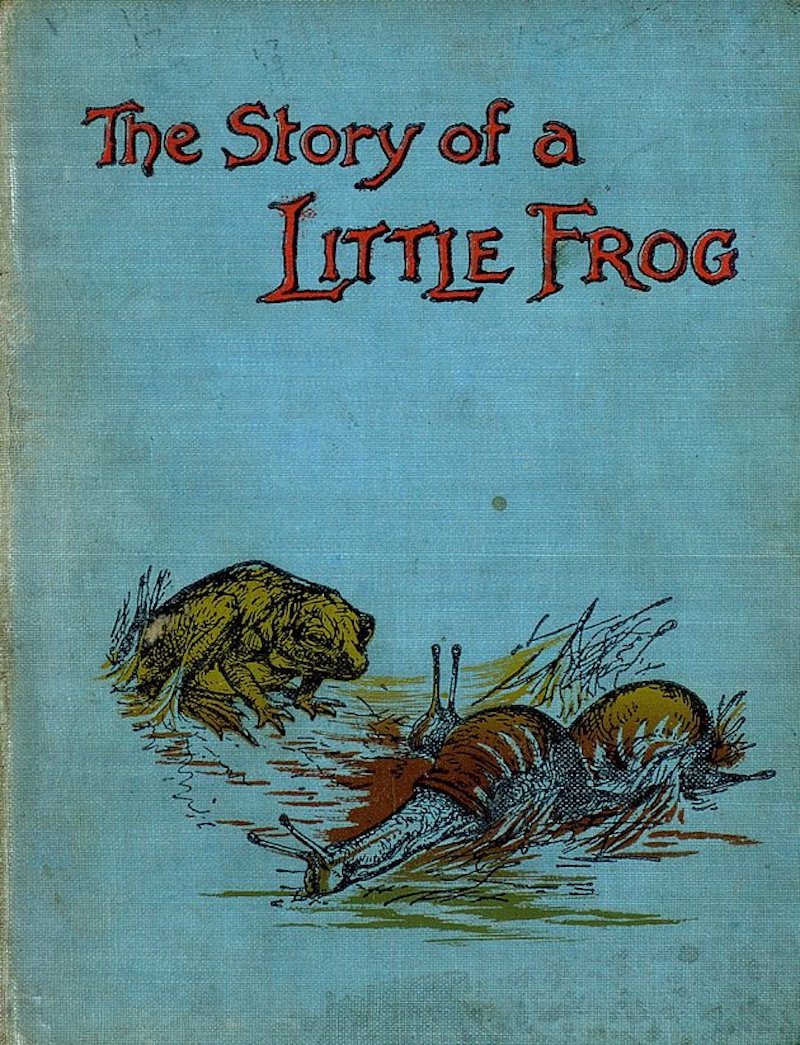

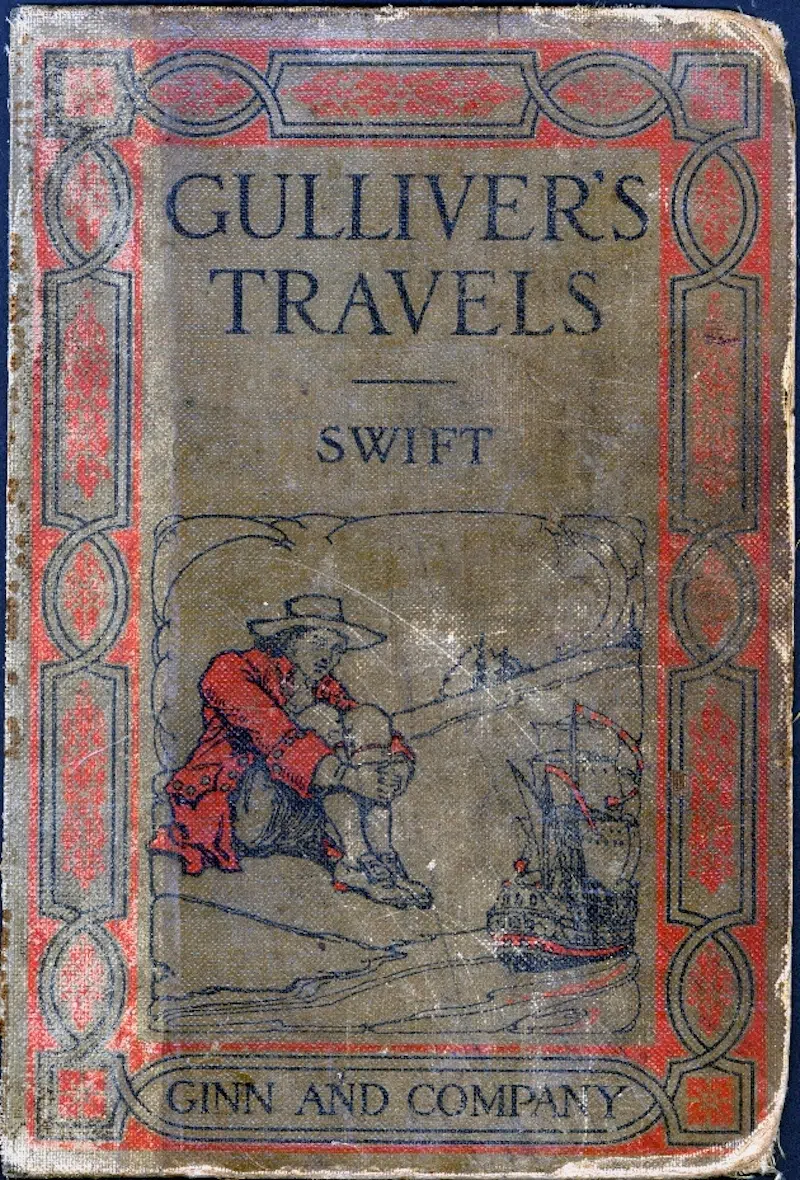

The Baldwin Library of Historical Children’s Literature: Website
Related Articles:
You Can Take Over 130 Free Classes at Harvard, and Here’s How
The Undecipherable Voynich Manuscript Can Be Viewed Online in Its Entirety
10,000+ Historical Images Are Now Free To Explore and Use in New Public Domain Image Archive

















